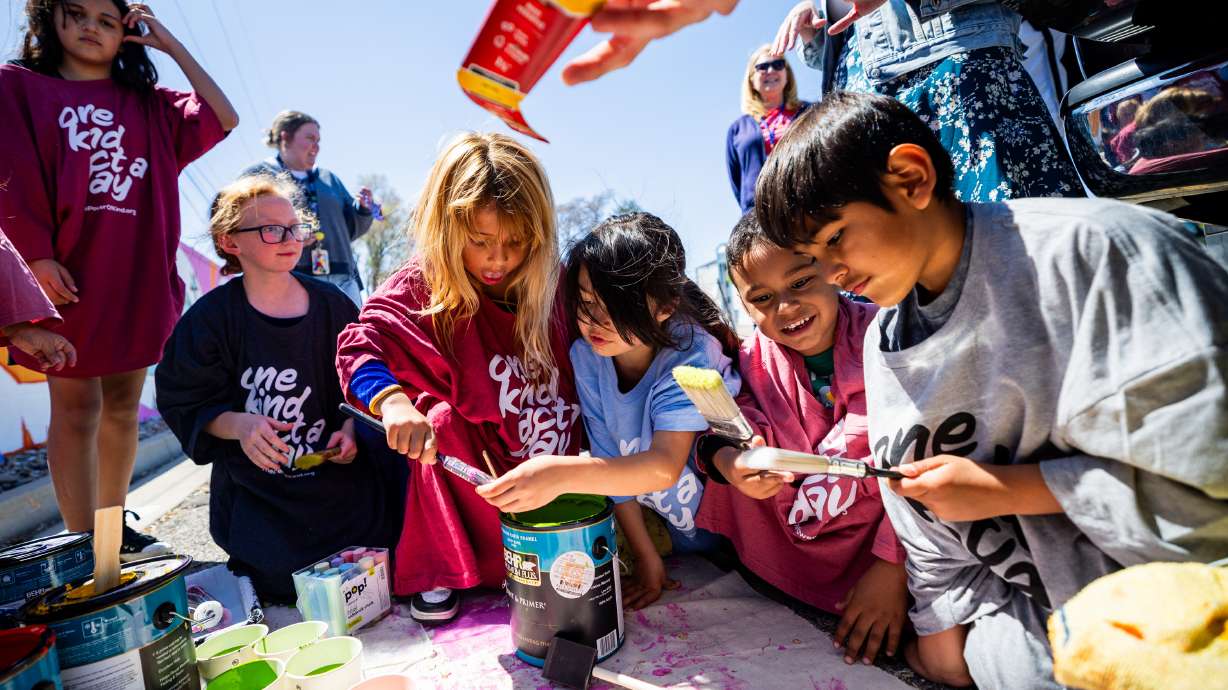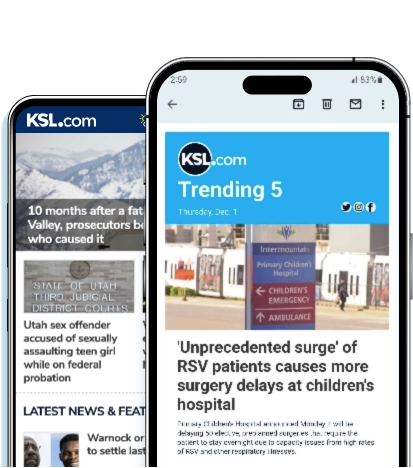- Over 22,000 Utah students attend summer and after-school programs, but demand exceeds availability.
- Federal budget cuts threaten funding that supports programming for nearly 7,000 Utah students.
- Public support for these programs is high, with bipartisan backing for continued funding.
SALT LAKE CITY — After-school and summer programs in the Beehive State are well attended, with over 22,000 students enrolled during the 2023-2024 school year.
Even with these numbers, the demand for affordable after-school and summer programs in Utah greatly exceeds availability. More than 320,000 children would participate in after-school programs if available, and over 133,000 would attend summer programs, according to data from the Utah Afterschool Network.
These programs are beneficial for students and parents alike, advocates say.
"One of the biggest things is wanting to make sure that kids have someplace safe to go where they're engaged, where they're with trusting adults, where they're able to be in a place that they're guided through positive social interactions with their peers and other kids," said Ben Trentelman, executive director of the Utah Afterschool Network.
"They're very attractive to parents because they know that they can send their kids to an after-school program while they are finishing up their work day. They can finish their work day feeling good about the fact that their kids are someplace safe and engaged, but they also know that their kids are someplace that they really love, and they're getting attention that they need, and they're participating in these highly beneficial activities," he said.
But recently, these programs have come under threat due to federal actions with the only dedicated federal funding source for after-school and summer learning — the 21st Century Community Learning Centers grant — slated for elimination in the U.S. Department of Education's 2026 budget request.
The program, administered by the Education Department, currently supports out-of-schooltime programming for 1.4 million children nationwide, including nearly 7,000 students across 83 communities in Utah.
"We're seeing several different cuts to the Department of Education as well as efforts to completely dismantle that department on a federal level, and unfortunately ... this fund is something that seems to be kind of falling in the wake of those changes," Trentelman said.
He said that while it isn't the first time the grant has faced threats, previous debates around it were born out of a misunderstanding of what the grant actually goes toward. These threats were weathered, and Trentelman said the grant has seen increases in funding due to high demand nationwide.
"This time around, we haven't really seen a lot of debate or rationale behind the cuts to these programs," Trentelman said. "We're doing the best that we can to educate members of Congress and senators about these programs, about the benefits that they have, the high demand that there is for these programs to hopefully see them continue to receive funding in the future, despite the fact that there is a proposal to cut their funding."
The public support for these types of programs is overwhelming.
According to a survey administered by the Afterschool Alliance, demand for after-school programs in Utah has reached an "all-time high" with 85% of Utah parents in support of public funding for these programs.
It also has bipartisan support, with 98% of Democrats and 83% of Republicans in agreement that public funding is necessary to sustain these programs.
These are very high-yield programs that are kind of like an extension of the school day. We're going to see that whole support infrastructure for all of those thousands of kids potentially go away.
– Ben Trentelman, Utah Afterschool Network
While summer and after-school programs reduce the likelihood of kids engaging in "risky behaviors" and being left in more unsafe situations, Trentelman said data around the programs suggests they reduce teen pregnancies, experimentation with illicit substances and bullying, both online and in person.
They also offer experiences like coding, computer science classes, college and career readiness courses and programs about social and emotional development.
"These are very high-yield programs that are kind of like an extension of the school day," Trentelman said. "We're going to see that whole support infrastructure for all of those thousands of kids potentially go away."
He added that eliminating a grant that funds programs attended by 22,000 students throughout Utah could also put a burden on the state's overall child care system.
Additionally, 21st Century Community Learning Center programs offer free options to any student or family that walks through their doors.
"That means that we're serving parents of all economic backgrounds. Some of those in the lowest income demographics are going to be hit hardest by this because they are not going to have the option of paying additional funds to send their kids to a higher-cost after-school program or something along those lines," Trentelman said, adding how this can trickle down to eventually impact the workforce.
Beyond advocating for members of Congress and senators to support funding for these programs, Trentelman said the Utah Afterschool Network is also working to support people and organizations concerned about the future of summer and after-school programs in Utah.
He said that more information can be found online at the organization's advocacy page.









